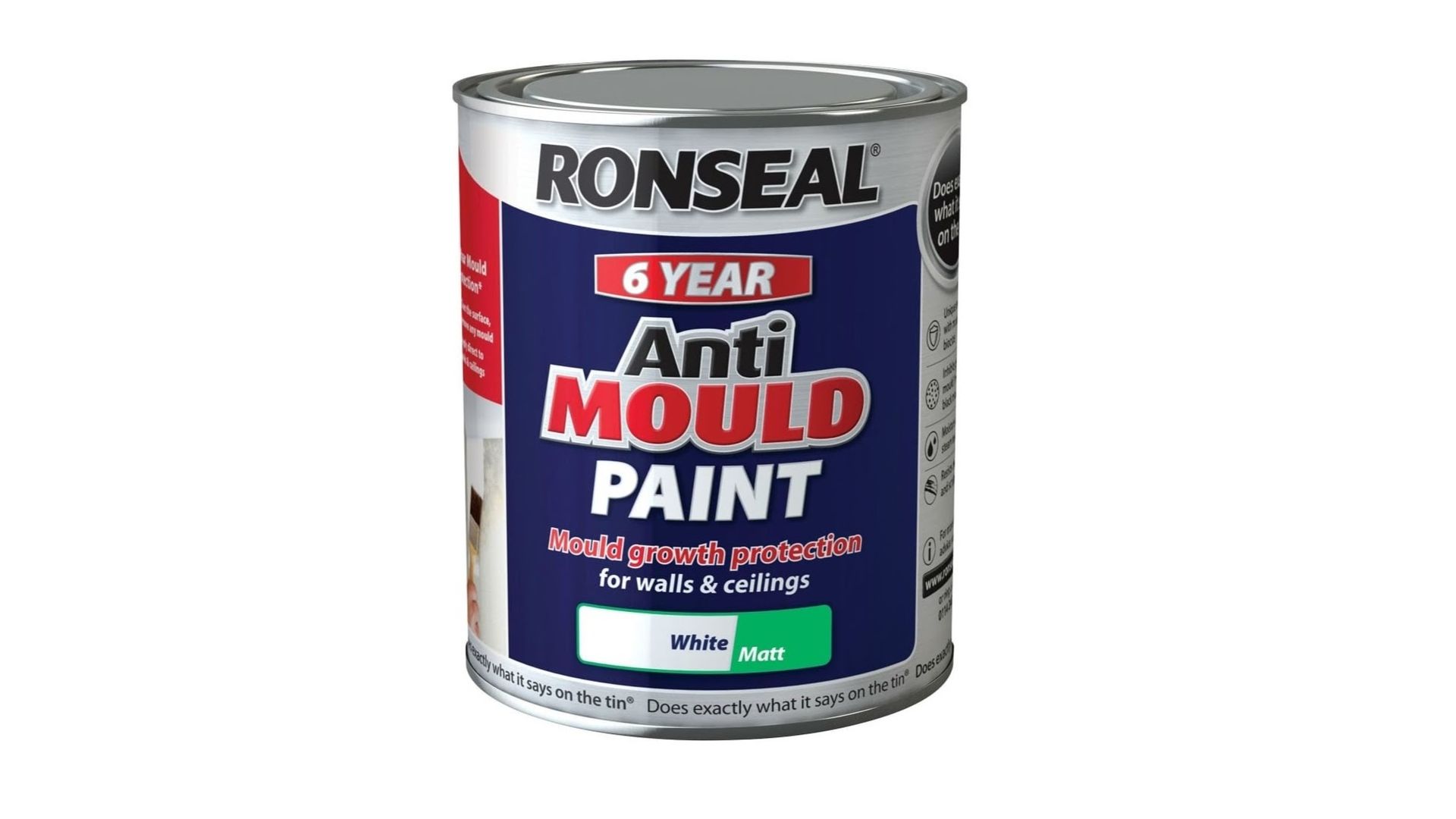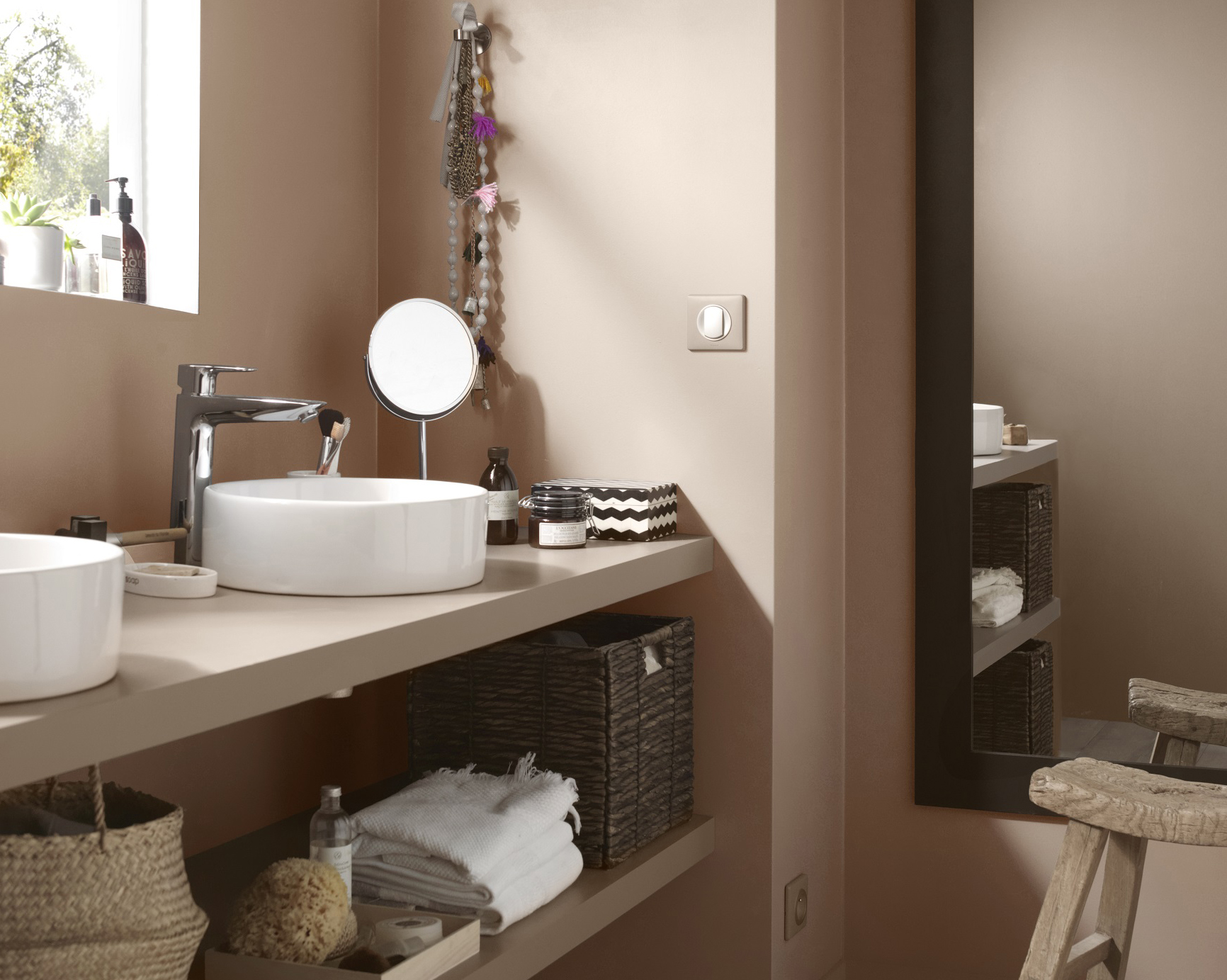Understanding Humidity and its Impact on Paint

Imagine stepping into your bathroom, feeling the warm, humid air embrace you. This constant moisture can be a real challenge for your bathroom’s paint, leading to a variety of issues that can quickly turn your sanctuary into a source of frustration.
High humidity, a common characteristic of bathrooms, can wreak havoc on paint performance. It creates a breeding ground for mold and mildew, causing unsightly discoloration and damage to your paint’s surface. The moisture can also lead to peeling and cracking, compromising the paint’s protective barrier.
How Humidity Affects Paint Drying and Adhesion
Humidity directly impacts the drying process of paint. The presence of moisture in the air slows down the evaporation of water from the paint, extending the drying time. This prolonged drying period can result in a weaker paint film, prone to cracking and peeling.
Moisture also affects the adhesion of paint to the surface. If the surface is damp or humid, the paint may not adhere properly, leading to peeling and flaking.
Identifying Signs of Paint Failure Due to Humidity
Here are some telltale signs that humidity is taking a toll on your bathroom paint:
- Mold and Mildew Growth: The most obvious sign of humidity damage is the appearance of black, green, or white spots on the paint. These are colonies of mold and mildew, thriving in the moist environment.
- Peeling and Cracking: When paint fails to adhere properly, it can start peeling and cracking. This is often seen in areas with high humidity or where water frequently splashes.
- Discoloration: Humidity can cause the paint to change color, especially in darker shades. The moisture can penetrate the paint film and cause it to fade or become dull.
Types of Paint Best Suited for High Humidity Bathrooms: Best Paint For High Humidity Bathroom

Imagine stepping into your bathroom, the air thick with moisture, and seeing the walls glistening with a vibrant, fresh coat of paint. It’s a feeling of tranquility, a touch of paradise amidst the daily rush. But achieving that look in a high-humidity environment requires careful consideration. Not all paints are created equal, and some are better equipped to handle the challenges posed by moisture and condensation.
Acrylic Latex Paint: The Balinese Beach Vibe
Acrylic latex paint is a popular choice for bathrooms because it’s incredibly versatile and easy to work with. It dries quickly, allowing for multiple coats in a single day, and its water-based formula makes it easy to clean up. The key to its success in humid environments lies in its ability to breathe. This means that the paint allows moisture to escape, preventing trapped water vapor from causing damage. However, acrylic latex paint isn’t invincible. While it’s highly resistant to mildew, it can be susceptible to mold growth if not properly sealed.
Epoxy Paint: The Rugged Island Cliffside
Epoxy paint is a heavyweight contender when it comes to durability. It’s a two-part formula, often used for floors and countertops, that forms a hard, non-porous coating. This makes it highly resistant to moisture, stains, and even chemicals. It’s the ultimate protection against the rigors of a humid bathroom. However, epoxy paint is not without its downsides. It’s more challenging to apply than acrylic latex paint, requiring meticulous preparation and careful application. Additionally, it can be difficult to remove once applied, making it less desirable for those who prefer to change their bathroom decor frequently.
Oil-Based Paint: The Timeless Temple Wall
Oil-based paint, with its traditional charm, is a classic choice for bathrooms. It offers excellent adhesion and durability, making it a reliable option for resisting moisture and mildew. However, its high VOC content and slow drying time are drawbacks in humid environments. The strong odor and extended drying period can make it inconvenient to work with, especially in a small, enclosed space. Furthermore, oil-based paint is not as breathable as acrylic latex paint, which can lead to trapped moisture and potential damage.
The Importance of Mildewcide and Antimicrobial Properties, Best paint for high humidity bathroom
Mildew and mold are the unwelcome guests of humid bathrooms. They thrive in warm, moist environments, leaving behind unsightly stains and potentially posing health risks. Therefore, it’s crucial to choose a paint that incorporates mildewcide and antimicrobial properties. These additives help prevent the growth of mildew and mold, keeping your bathroom walls looking fresh and clean.
Think of it as a shield against the unseen forces of humidity, ensuring your bathroom remains a sanctuary of peace and tranquility.
Preparation and Application Techniques for High Humidity Bathrooms

Preparing your bathroom walls properly before painting is crucial in a humid environment. This step ensures the paint adheres well and lasts longer, preventing peeling and mildew growth. Here’s a guide to achieving a flawless finish in your tropical bathroom haven.
Essential Preparation Steps for Bathroom Walls
Before you grab your paintbrush, it’s important to create a clean and prepared surface for your paint to bond with. This ensures a smooth and long-lasting finish.
- Clean the Walls: Start by removing any dirt, grime, soap scum, or mildew with a mild detergent and warm water. You can use a soft-bristled brush or a sponge for this. For stubborn stains, a bleach solution can be effective, but be sure to wear gloves and proper ventilation.
- Repair Any Damage: Fill in any cracks, holes, or imperfections with spackle or patching compound. Allow the filler to dry completely before sanding it smooth with fine-grit sandpaper.
- Prime the Walls: A primer is essential in high-humidity areas. It creates a barrier between the wall and the paint, preventing moisture from seeping through and causing peeling. Choose a primer specifically designed for bathrooms or high-humidity environments.
- Seal the Walls: In areas prone to water splashes, like around the shower or tub, consider applying a sealant to the wall. This creates a water-resistant barrier that prevents moisture from penetrating the paint.
Proper Ventilation for Painting in Humid Conditions
Proper ventilation is essential during and after painting to prevent moisture buildup, which can lead to paint problems.
- Open Windows and Doors: During the painting process, open windows and doors to allow fresh air to circulate. This helps to dry the paint faster and prevent moisture from accumulating.
- Use Fans: If possible, use fans to circulate air in the bathroom. Point fans toward the painted surfaces to speed up drying time.
- Wait for Complete Drying: Before closing up the bathroom, ensure the paint is completely dry. This may take longer in humid conditions, so be patient.
Applying Paint in Humid Conditions
Using the right tools and techniques is key to achieving a smooth and even finish in humid environments.
- Choose the Right Paint: Select a paint specifically designed for high-humidity areas. These paints are formulated to resist moisture and mildew growth.
- Use Thin Coats: Apply thin coats of paint to allow for proper drying. Thick coats can trap moisture and lead to peeling.
- Let Each Coat Dry Completely: Wait for each coat of paint to dry completely before applying the next. This allows the paint to cure properly and prevents moisture problems.
- Avoid Painting in Direct Sunlight: Direct sunlight can cause paint to dry too quickly, leading to uneven coverage. If possible, paint on a cloudy day or in the evening when the sun is less intense.
